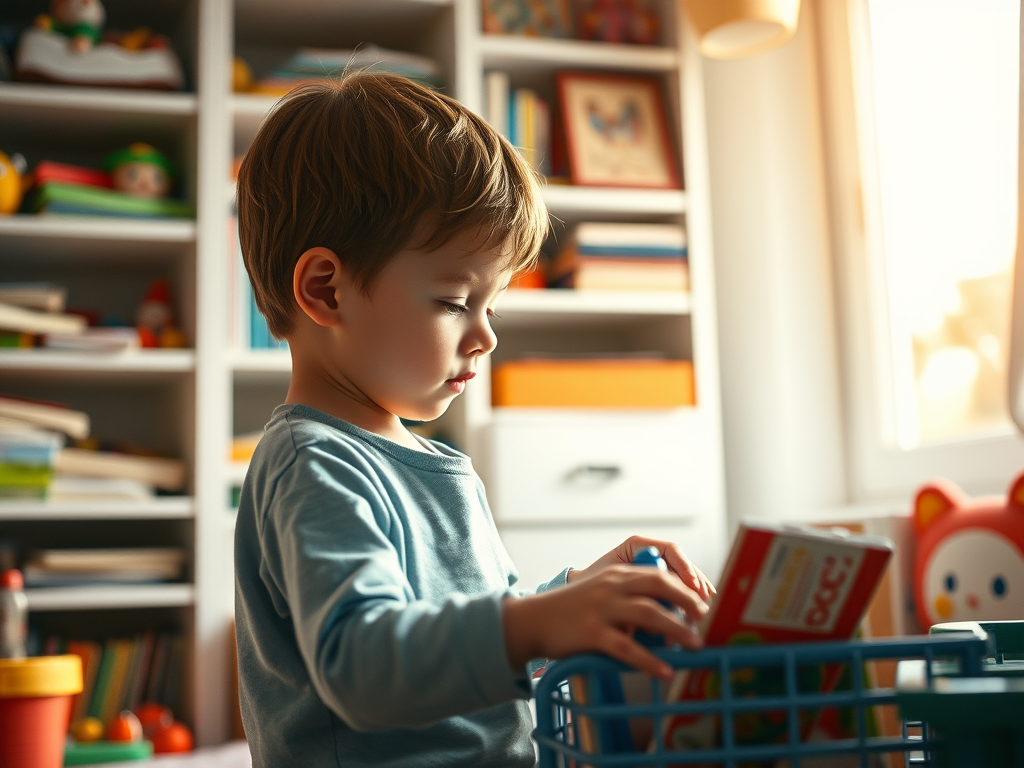How to Use Active Paraphrasing to Improve Parent-Child Communication: Tips for Parents

|
Getting your Trinity Audio player ready...
|
Introduction
This post examines the advantages of active paraphrasing to strengthen communication between parents and children, crucial for creating strong relationships.
Drawing insights from studies conducted by Weger Jr. et al. (2014) and Simon (2021), we explore the profound impact of active paraphrasing on parent-child connections.
The Art of Paraphrasing
Paraphrasing is the act of rephrasing or restating a given statement or piece of information in a different set of words while retaining the original meaning. It involves expressing the content in a way that is clearer or more easily understood without changing the essence of the message.
For instance, instead of acknowledging their child’s account of a challenging day at school with just a nod, a parent can demonstrate active listening by rephrasing what they’ve heard. As an example, they might say, “It sounds like you’re saying that the group project was really difficult today.”
This form of paraphrasing goes beyond routine conversation, fostering an environment where viewpoints are valued and honored. Weger Jr. et al. (2014) conducted a study highlighting the effectiveness of active listening responses, including paraphrasing, in increasing the recipient’s perception of feeling understood compared to other response strategies. This aligns with the idea that active paraphrasing not only ensures different perspectives are heard but also plays a role in making individuals feel valued and respected in the communication process.
Validation and Understanding
Imagine a teenager expressing their feelings about a disagreement with a friend. Through active paraphrasing, a parent might respond with, “It sounds like you’re frustrated because you felt misunderstood during the argument.”
This not only demonstrates a deep understanding but finds support in Weger Jr. et al.’s (2014) study, which suggests that active listening responses increase the recipient’s perception of feeling understood compared to other strategies.
Building Deeper Connections
Active paraphrasing gains even greater effectiveness when paired with active listening and considerate responses. Imagine a situation where a child is reluctant to share details about their day.
Instead of simply asking, a parent might say, “I sense something might be bothering you. Can you help me understand what happened in your own words?”
This powerful combination enhances the parent-child relationship, fostering trust and mutual understanding. This concept resonates with Simon’s (2021) examination of communication patterns in parenting styles. The study underscores the importance of conversation-oriented communication in nurturing trust and understanding between parents and children.

By engaging in active paraphrasing and genuinely seeking to understand, parents create a supportive environment where children feel valued and empowered to express their thoughts and emotions.
The Ripple Effect
When parents actively paraphrase, it has a positive ripple effect on a child’s growth. Regular paraphrasing of children’s thoughts and feelings boosts their confidence, emotional well-being, and communication skills.
According to Weger Jr. et al. (2014), active listening, including paraphrasing, is a low-risk response strategy with potential rewards in how people relate to each other.
Conclusion
Parenting is a complex journey where effective communication is key in shaping the bond between parent and child.
Active paraphrasing emerges as a vital tool for creating a direct and harmonious connection. By actively paraphrasing, parents lay the groundwork for a relationship where communication becomes a meaningful pathway to profound connection.
Reference List
- Weger Jr., H., Bell, G. C., Minei, E. M., & Robinson, M. C. (2014). The Relative Effectiveness of Active Listening in Initial Interactions. International Journal of Listening, 28(1), 13-31. DOI: 10.1080/10904018.2013.813234
- Simon, A. I. D. (2021). Communication in Healthy Parenting: The Interplay of Positive Parenting Strategies and Parents’ Communication Styles. Parenting – Challenges of Child Rearing in a Changing Society. DOI: 10.5772/intechopen.101026
E-Book: How to Talk So Kids Will Listen & Listen So Kids Will Talk







